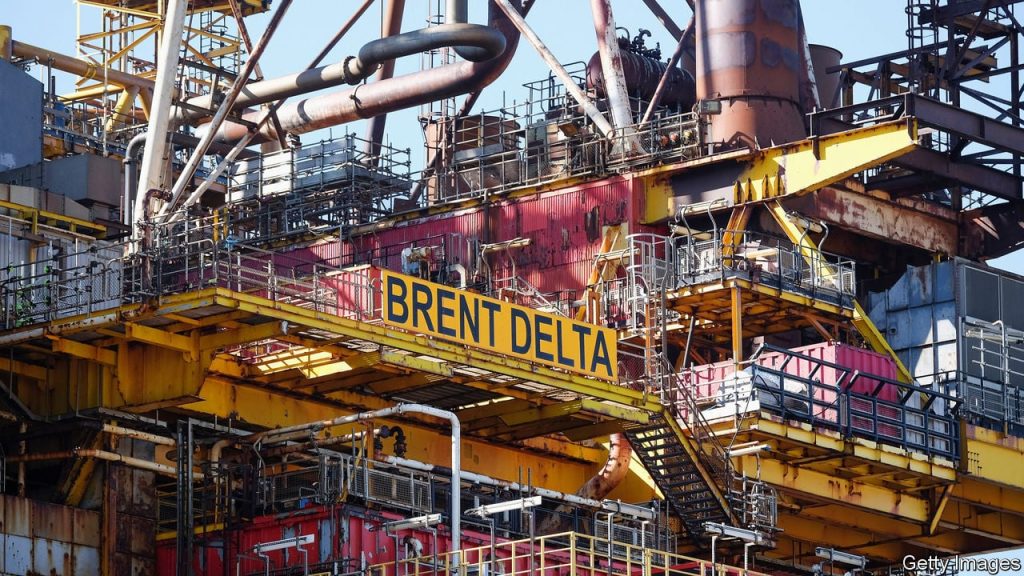(Reuters) – Oil rose slightly on Wednesday as investors kept an eye on the situation in the Red Sea after recent attacks by Iran-aligned Yemeni Houthi militants.
Brent crude futures rose 23 cents, or 0.3%, at $79.46 a barrel by 0730 GMT, while U.S. West Texas Intermediate crude climbed 30 cents, or 0.4%, to $74.24 a barrel.
The benchmarks rose more than 1% on Tuesday amid jitters over global trade disruption and geopolitical tensions in the Middle East, following Houthi attacks on ships in the Red Sea.
Washington on Tuesday launched a task force to safeguard Red Sea commerce as attacks by the Yemeni militants forced major shipping companies to reroute, stoking fears of sustained disruptions to global trade.
“Thus far, the U.S.-led naval mission to mitigate Houthi attacks has failed to ease broad concerns of safe passage through the Red Sea, with major maritime carriers still choosing to steer clear amid the tensions,” said Yeap Jun Rong, market strategist at IG.
The Houthis vowed to defy the U.S.-led naval mission and to keep targeting Red Sea shipping in support of Palestinian enclave Gaza’s ruling Hamas movement.
About 12% of world shipping traffic passes up the Red Sea and through the Suez Canal. However, the impact on oil supply has been limited so far, analysts said, as the bulk of Middle East crude is exported via the Strait of Hormuz.
The U.S. bought 2.1 million barrels of crude for delivery in February, its Energy Department said on Tuesday, bringing total purchases to about 11 million barrels as it continued to replenish the Strategic Petroleum Reserve (SPR) after the largest sale in history last year.
U.S. crude and fuel inventories also rose last week, sources said, citing data from the American Petroleum Institute, against analysts’ expectations of a decline in crude stocks in a Reuters poll. [API/S]
The U.S. Energy Information Administration (EIA) will publish official U.S. stocks data at 10:30 a.m. ET (1530 GMT) on Wednesday. [EIA/S]
S&P Global Commodity Insights said looking ahead, the U.S. is producing more oil than any country in history, leading strong non-OPEC+ supply growth that will more than meet growing global demand in 2024.
U.S. total liquids production in the fourth quarter stands at 21.4 million barrels per day (bpd), of which 13.3 million bpd is crude and condensate, the firm added.
“Not only is the United States producing more oil than any country in history, but the amount of oil (crude oil, refined products and natural gas liquids) that it is exporting is near the total production of Saudi Arabia or Russia,” Jim Burkhard, a vice president at S&P Global said in a note.



